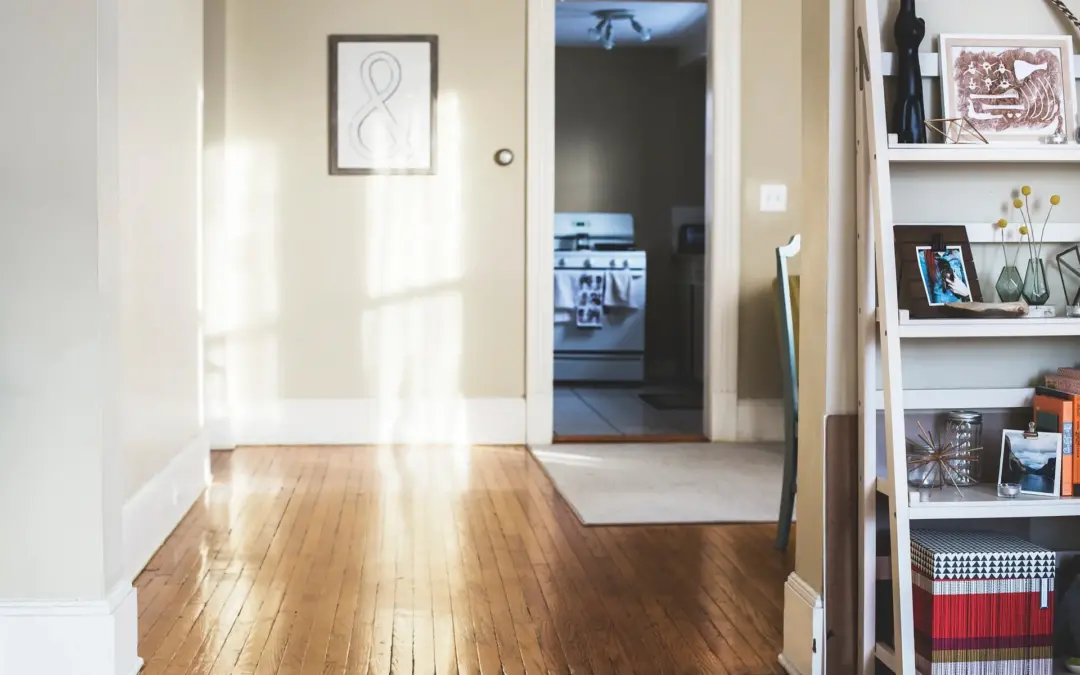Wood floors exude timeless elegance, enhancing the aesthetic appeal of any space. However, to keep them in pristine condition, regular maintenance and timely repairs are crucial. In this comprehensive guide, we’ll explore the common issues faced by wood floors, provide DIY tips for minor repairs, discuss when to opt for professional services, and offer preventive measures for ensuring long-lasting beauty.
DIY Tips for Minor Wood Floor Repairs
Identifying Minor Damages
Wood floors are susceptible to scratches, surface blemishes, gaps, and loose floorboards. Identifying these minor damages early on allows for swift action, preventing further deterioration.
Scratches and Surface Blemishes
For superficial scratches, consider using specialized wood floor repair kits. These kits often include color-matching markers and fillers, providing an effective solution to camouflage minor imperfections.
Gaps and Loose Floorboards
Gaps and loose floorboards can be addressed by carefully applying wood glue and securing the affected area with weights until the glue sets. This DIY approach helps maintain the structural integrity of the floor.
Dealing with Water Stains
Water stains can mar the beauty of wood floors. To tackle this issue, gently rub the stained area with a mixture of baking soda and water. This natural remedy can often restore the wood’s original luster.
Professional Wood Floor Repair Services
When to Seek Professional Help
While minor repairs can be handled independently, certain issues demand professional expertise. These include extensive water damage, deep scratches, and structural problems. Knowing when to seek professional help ensures the longevity of your wood floors.
Choosing the Right Repair Specialist
Selecting a reputable wood floor repair specialist is essential for quality workmanship. Seek recommendations, review customer testimonials, and inquire about their experience in handling specific wood floor issues.
Cost Considerations
Understanding the cost implications of professional wood floor repair is crucial. Obtain detailed quotes, considering factors such as the extent of damage, materials required, and the reputation of the service provider.
Preventive Measures for Long-lasting Wood Floors
Regular Cleaning and Maintenance
Regularly sweeping and cleaning your wood floors prevents the accumulation of dirt and debris, reducing the risk of scratches. Additionally, use a damp cloth or mop for thorough cleaning without exposing the wood to excess moisture.
Using Area Rugs and Furniture Pads
Placing area rugs in high-traffic zones and using furniture pads under heavy items protect wood floors from wear and tear. These simple measures contribute to the overall longevity of your flooring.
Humidity Control
Wood is sensitive to changes in humidity, leading to expansion or contraction. Invest in a reliable humidity control system to maintain a stable environment, preventing potential damage to your wood floors.
Future-Proofing Your Wood Floors
Selecting Durable Wood Materials
When installing or replacing wood floors, opt for durable wood species. Hardwoods like oak, maple, and cherry are known for their resilience, ensuring a longer lifespan for your flooring.
Finishing Techniques for Enhanced Protection
Applying protective finishes, such as polyurethane or wax, adds an extra layer of defense against scratches and stains. Regularly inspect and reapply these finishes to keep your wood floors looking pristine.
Staying Informed about New Technologies
Stay abreast of advancements in wood floor technologies. New treatments and materials may offer enhanced durability and resistance to common issues. Being informed empowers you to make decisions that contribute to the longevity of your wood floors.
Conclusion
In conclusion, maintaining and repairing wood floors is a proactive approach to preserving their natural beauty. Whether you opt for DIY solutions or seek professional assistance, the key lies in timely action. By incorporating preventive measures and staying informed about the latest technologies, you can ensure that your wood floors stand the test of time, radiating warmth and sophistication in your living spaces.
Frequently Asked Questions (FAQs)
- How often should I clean my wood floors? Regular cleaning is recommended, at least once a week, to prevent the accumulation of dirt and debris.
- What should I do if I notice water stains on my wood floors? Address water stains promptly by gently rubbing the affected area with a mixture of baking soda and water.
- Can I repair scratches on my wood floors myself? Yes, minor scratches can be addressed using specialized wood floor repair kits, readily available in the market.
- Are all wood floor repair specialists the same? No, it’s essential to research and choose a reputable repair specialist with experience in handling specific wood floor issues.
- How do I protect my wood floors from humidity changes? Invest in a reliable humidity control system to maintain a stable environment and prevent wood floors from expanding or contracting.

